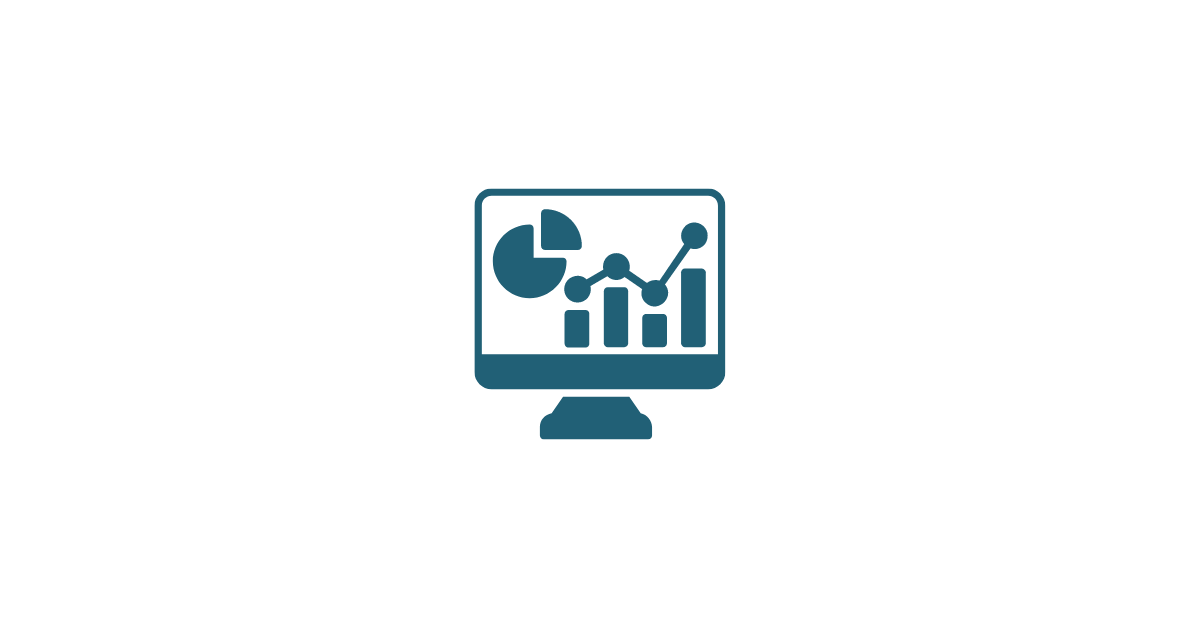At a recent workshop, a teacher posed a compelling question about the effectiveness of small-group versus whole-group instruction. This inquiry always prompts me to reflect: How many educators gather pre-assessment data before crafting their lesson plans? Such preliminary insights, whether through pre-assessments, diagnostics, or activities aimed at accessing prior knowledge, can illuminate the diverse range of skills, abilities, and needs within a classroom.
It’s common to discover that while some students possess a foundational understanding or the ability to apply specific skills, others might have minimal prior knowledge or struggle with application. This variation in student capabilities underscores the importance of letting these insights guide lesson design. As architects of learning experiences, teachers must tailor their approach to the unique mix of abilities, ensuring all students progress toward learning objectives.
Once teachers have a clear sense of where their students are beginning in relation to specific concepts and skills, they can use the principles of Universal Design for Learning (UDL) and blended learning models to design lessons that are accessible, inclusive, and equitable.
To be truly equitable, the learning experience must provide individual students with the specific inputs they need to reach a particular output or learning objective. This is only possible when we rely on instructional strategies and models that free the teacher to work with small groups to tailor their instruction and support.
Pre-assessment Strategies
Let’s explore some strategies teachers can use to collect pre-assessment data.
1. Exit Tickets: Ending class with an exit ticket to gauge students’ prior knowledge or gather some quick data about what they know or can do helps teachers design the next day’s lesson more effectively. This makes it possible to quickly identify areas of strength and weakness and group students for targeted instruction and support. Teachers may want to ask students to share what they know about a topic, identify aspects of the topic they are interested in or curious about, and/or explain what they think key vocabulary words mean.
2. Quick Write or Free Write: Present students with a prompt and encourage them to write for a set amount of time in response to it (e.g., 5 minutes). Explain that the goal is not to write perfectly in terms of spelling and grammar but instead to write as much as possible in a limited amount of time. Teachers can have students capture their writing on paper or post it to an online discussion thread in their learning management system. Alternatively, teachers can ask students to post a 30 to 60-second video on Flip, responding verbally to a question.
3. Ungraded Quiz or Pre-test: Before designing a unit or sequence of lessons, ask students to complete a quiz or pre-test to identify what they know and can do. This can help teachers invest their limited time and energy in the aspects of the topic or the skills most in need of instruction and support and de-emphasize those aspects of the curriculum students already have a firm grasp of. Teachers can quickly generate a pre-test or quiz using an AI-powered education tool like MagicSchool.ai.
4. Create a Concept Map: Give students a collection of key words or vocabulary terms and ask them to create a concept map to organize the words visually, showing what the students think the words mean and their relationship to one another. Teachers can collect these or ask students to post a photo of their concept map on a Padlet Wall.
5. Survey or Review Game: Surveys are a quick and easy way to gather data about students’ knowledge or opinions on a subject, topic, or issue. Teachers can use tools like Google Forms to make this process easy or quiz games like Kahoot, Socrative, Pear Deck, and Nearpod.
Virtual Coaching Video
In the virtual coaching video below, I highlight the value of using pre-assessment data to inform our design work.
Building Pre-assessment Routines into Your Class
Like any other routine teachers value, building pre-assessment into the fabric of their lessons is critical. That way, they consistently consider what data would be helpful as they design their next lesson or sequence of lessons. Two particularly effective methods for gathering formative assessment data are building these activities into a welcome or exit activity or putting them into a station as part of a station rotation.
Welcome or Exit Activity
The moments at the beginning and end of a lesson are not just bookends but valuable opportunities to collect data on student learning. A welcome activity at the start of class can serve as a gentle warm-up for the brain, setting the tone for the day’s learning and providing immediate insight into student readiness. Similarly, exit activities, employed after a lesson, are a powerful tool for capturing what students have learned, how they apply new concepts, and their feelings about the material covered. The key is to craft questions that assess comprehension and encourage students to make connections and reflect on their learning. These activities offer a snapshot of student understanding and supply valuable insight that can inform future instructional design, ensuring that teaching strategies are responsive to student needs.
A Pre-assessment Station in a Rotation
Dedicating a station to collecting pre-assessment data about what students know or can do is a wonderful way to build this routine into the classroom. Teachers can ask students to complete a pre-test or nongraded quiz, reflect on and respond to a prompt, or challenge them to define key terms and create a concept map to show their relationship to one another. These pre-assessment strategies can be paired with a reflection to encourage students to think about what they learned about themselves and their current understanding of key concepts or ability to apply specific skills.
Integrating pre-assessment into lesson structures through stations and strategic activities transforms assessment from a discrete, sometimes daunting task into an integral part of the learning process.
Wrap Up
Incorporating pre-assessment strategies into your teaching practice is not just about collecting data; it’s about creating a responsive, inclusive, and engaging learning environment. By making space for these activities through dedicated stations or as part of your lesson’s conclusion, you’re committing to a teaching approach that values and acts on students’ specific needs, ultimately enhancing the educational experience for all.





No responses yet